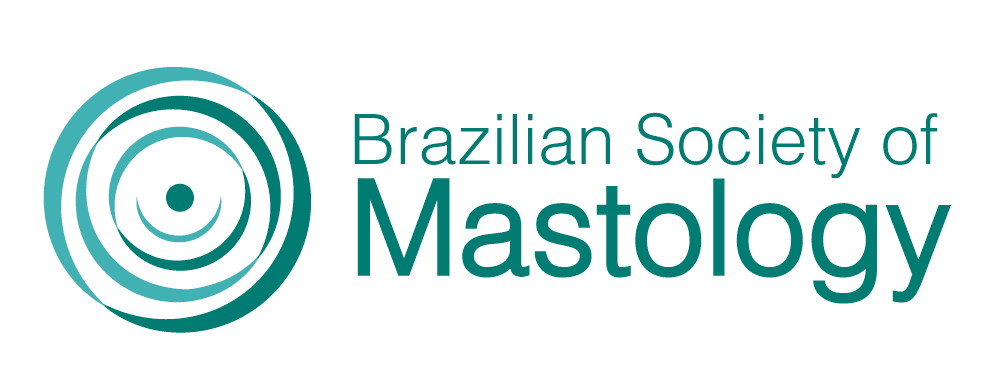EXPERIENCE WITH CONTRAST-ENHANCED MAMMOGRAPHY
BREAST CANCER DETECTION IN PATIENTS REFERRED TO PERCUTANEOUS BIOPSIES
Resumo
Introduction: Breast cancer is the leading cause of cancer deaths in the Brazilian female population, and it is the most common malignant tumor in women in the world. The only method that has proven to decrease breast cancer mortality is mammography and, therefore, screening programs are based on this test in several countries. However, its sensitiv-ity in the general population ranges from 75% to 80%, being especially lower in the case of dense breasts, more common in young women, ranging from 30% to 48% in this group. The most sensitive method in the detection of breast cancer is magnetic resonance imaging, (80% to 97.8%, according to current studies), due to its ability of studying vascular changes in the tissues. Aiming to combine the morphological study provided by mammography with the analysis of tumor perfu-sion allowed by studies that use intravenous contrasts, contrast enhanced digital mammography (CEDM) or angiomam-mography was developed. Objective: Assess whether CEDM is an effective method in the detection of breast cancer, as well as its reliability to rule out the presence of malignancy. Methods: Patients were recruited at the time of attendance to the service for breast percutaneous biopsy of lesions detected on previous mamography and /or ultrassound examina-tions, previously requested by their physicians. Those who made themselves available to participate in this study did sign the Informed Consent Form (ICF). Patients were submited to bilateral mammographic study in craniocaudal and medio-lateral oblique incidences, obtaining low-energy images and recombined high-energy images. Low-energy images, equiv-alent to digital mammography, were described and classified according to the BI-RADS lexicon. The contrasted studies were described in order to comply with the recommendations of the current literature, observing that, until the present, there is no standardization by BI-RADS for contrast mammography reports. These studies were compared to histopath-ological findings of biopsies, the gold standard in this study. Results: This is an ongoing investigation. From September 2019 to October 2020, 180 patients underwent CEDM and percutaneous biopsies. 27 had invasive ductal carcinomas (IDC) and 10 ductal carcinomas in situ (DCIS). 26 of the 27 IDC cases and all of the DCIS cases had positive CEDM findings. Among DCIS cases, six had no abnormal enhancement on CEDM, but were evident on a 2D study. The observed sensi-tivity was 97%. Conclusions: These preliminary results demonstrated that CEDM is a highly sensitive method for breast cancer detection, including for non-invasive lesions. The study is still in progress and further data is needed to describe the benefits of CEDM in breast cancer detection.
Downloads
Downloads
Publicado
Como Citar
Edição
Seção
Licença
Copyright (c) 2021 Laila Feld Feld, Valeska Davi Caldoncelli de Andrade, Vania Ravizzini Manoel Sondermann, Rosana de Castro Ribeiro dos Santos, Henrique Alberto Pasqualette

Este trabalho está licenciado sob uma licença Creative Commons Attribution 4.0 International License.







